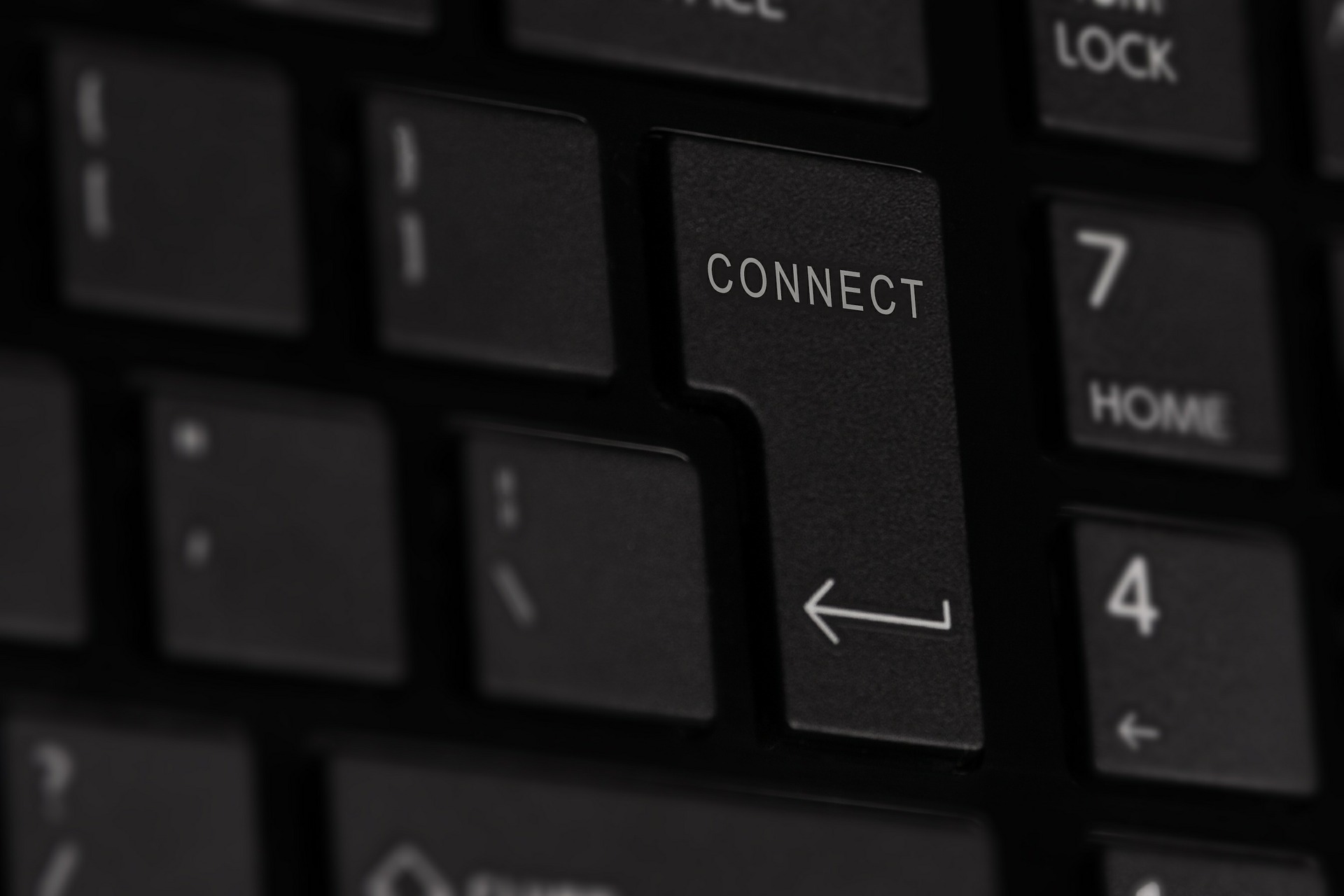Vixtera received the US patent for the fault detection in a system of connected devices
Blog

The ecosystem is interconnected with different devices that collect, scan, and analyze incoming information. Their task is to exchange information among themselves over networks.
Usually, clients use various devices/appliances in the IoT ecosystem, such as sensors, tablets, smartphones, and other communication devices.
It is also important to say that IoT devices have several roles. For example, some tools can serve as data sources, and others as a destination, that is, a place for receiving information from other devices. However, devices can be both a source and a place for collecting data.
The control mechanism is one of the most critical elements of the IoT ecosystem. It is important to say that IoT systems can both to control various devices and be controlled.
We emphasized this point because these interactions between devices are an essential aspect that affects performance and security. In other words, these interactions can create safety, availability, and financial issues.
To avoid any of the above problems, it is important to clearly understand that control mechanisms must be well-structured and carefully designed to ensure that all interactions between devices are safe.

Page Contents
The IoT has two main elements, namely a “thing” that will be “smart” after connecting, and the second is an embedded system that will provide connection. The structure may seem simple at first glance, it is not so, because the second component has a complex system, which can consist of components, single-tasking, and multitasking elements. All of them are intended to connect custom and industrial facilities, to make them more intelligent and to improve their interaction both with a person and among themselves, as well as to improve productivity, financial position, and simplify work. All these elements must work together and in harmony, because if you remove some component from this network, then all work can be broken.
The ecosystem includes all components that allow you to connect both corporate and user systems with their IoT devices and appliances. It can be control panels, networks, gateways, cloud, and data protection. These components and elements work in harmony that is why it is called an ecosystem.
The IoT ecosystem is a complicated structure for a reason, because the growth of the ecosystem makes it hard to determine. As we said above, each component is a piece of cake of IoT ecosystem and do it’s work: connect users to devices and industries to their appliances. It is significant to say that the elements can be not only physical, but also in the form of hardware, its components, user interface, and storage.
The first and foremost grade of IoT ecosystem. This ecosystem-level consists of various physical devices that are integrated into all IoT devices that provide data collection and mechanism control.
These components, in turn, are divided into two subgroups: sensors and actuators.
Sensors are known as microdevices and are used to collect data. No wonder their middle name is detectors because they are very sensitive, they notice and record even the most minor changes in the place where they are located. Sensors work very correctly because they provide real-time data.
There are various types of sensors that are designed to measure absolutely everything that surrounds them. In earlier articles, we already wrote about their capabilities, today we will go over that again. Sensors are capable of recording temperature, noise, smoke, movement, or even pressure.
Some sensors can measure a number of complexities themselves, and there are also devices that contain many sensors that can collect a range of information. For example, one such device is a telephone. It is multifunctional and has the ability to distinguish fingerprints, GPS, tilt angle, and many other sensors.
Another example is intelligent thermostats, which contain several sensors and can measure both temperature and humidity in a room.
Sensors are an essential part of the ecosystem because they not only help make life easier for the user but also allow them to achieve automation of operations. Using the example of an intelligent air conditioner, we can consider the process of these same sensors. Using this air conditioner, you can set the automatic mode, where indicate the preferred temperature from 22 to 25 degrees. When the room temperature exceeds the stated maximum, the device will transmit data to the air conditioner so that it changes the temperature. The same path will be followed if the room temperature is lower than indicated.
It is important to remember that there are various sensors and that the choice of the detector depends on your purpose. Perhaps you need motion sensors and temperature sensors for production, or maybe smoke and pressure sensors.
Actuators are a completely different story than detectors. Sensors are meters of anything, and actuators play the role of operational components. When the sensor detects environmental changes, the actuator must take some action.
Consider the example with air conditioner. Actuators control the heating of a room. We have a person who left the room; the sensors caught it and stopped the air conditioning.
Intelligent taps are also trendy now, and this can be our second example. As soon as you bring your hands under the tap, the water turns on, remove your hands and actuator made the water flow to stop. It is not only convenient but also very useful and safe because you do not touch the tap itself where can be some bacterias.
Learn about failure detection: https://vixtera.com/identifying/
Ours data curation system: https://vixtera.com/multifaceted/